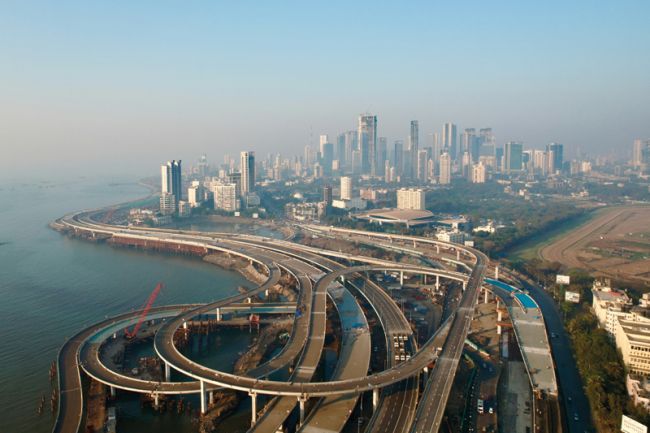DfT and the Spending Review: what to expect
Nobody knows until the day itself and even then, important details will probably trail out over the following few days.

Of course, nobody knows until the day itself (October 20) and even then, important details will probably trail out over the following few days. And don’t forget the art of spin will be in play, even if this is an era of brutal truths. We have no inside knowledge, but there are plenty of tea leaves…So what can we expect? Something over 25% expenditure cut (but not 40%) means some dramatic changes. But they won’t be wrought overnight, or even in the first year: they will accumulate over the next four years to generate the headline number.
First, the bureaucracies. The Department itself will face cuts to match the headline savings. Newspaper reports have suggested that Cycling England, the Commission for Integrated Transport and the Disabled Persons' Transport Advisory Committee will all go. Already, of course, the RDAs, regional assemblies and Regional Government offices – each of which has had a major role in transport – have been targeted for close down.
As for the big picture, where the real savings decisions are made, expect to see much made of the distinction between revenue and capital accounts. Revenue plays to the efficiency and affordability question; capital also plays to the question of economic growth and employment. So big capital programmes that accord with wider government agendas (and this is to be the ‘greenest of governments’) may survive. Elsewhere, anticipate the application of ‘tough choices’.
Within the capital programme, the big spenders are the Highways Agency, local transport and the railways. Even if the Highways Agency capital programme is largely reduced to management measures, it would still be expensive. Unless there is an appetite to repeat the painful struggle to get the M25 PPP deal away, expect some substantial cuts here.
Local Transport capital projects are harder to tackle well in a single swing of the scythe. With a number of different promoters, DfT will want to put the pressure on getting some savings (‘value engineering’). The prospect of a new funding pot will be dangled, but promoters of many schemes will be told they are harbouring ‘no-hopers’.
It will be especially interesting to see how tough Government is prepared to be with TfL; we know already that the post-PPP tube upgrade faces major cut-backs (although Crossrail and Thameslink will transform many of the busiest Undergound stations). The question is over the £0.75bn that goes into London Buses each year: former transport minister Stephen Norris is fond of pointing out that in his day, the London bus subsidy was….zero.
For rail capital projects, we expect the position to be brighter, although still with the pressure to demonstrate that delivery costs are being put under intense pressure. So expect an early announcement that both Crossrail and Thameslink will survive, together with something of the electrification programme (with provisos around timing and efficiency).
High-speed rail will also get funding, but then (handily) there is the cash receipt from the sale of HS1 next year, which serves to generate the notion of a rolling fund. The recent decision on S and Y shaped networks carried an important re-positioning: London West Midlands will proceed first, with the northern limbs following 10 years later.
But it is the revenue account where the big savings have to come. That means lifting the constraint on regulated rail fares going up by only RPI+1 each year. The ambition in 2007 to get to a position where fare-payers contribute 75% and not 50% of rail finance looks like a candidate for a repeat dose. This time, the planned contribution from a strongly growing travel sector in a reasonably vibrant economy cannot be assumed to be so great.
The bus sector also consumes a substantial part of DfT’s annual budget. Bus Service Operators’ Grant will be reformed, with the emphasis placed on the adoption of smart-cards and a switch to a per-passenger pay-out. But the scale of the grant will need to be cut in the process. Whether the free travel concession for the over-60s can survive depends as much on whether there is a join up in government policy for this growing segment of the electorate. In purely transport terms, as the recent CILT survey showed, it doesn’t make much sense to continue as we are. Means testing might be the answer here.
But then, it would be surprising if there were no surprises.

















